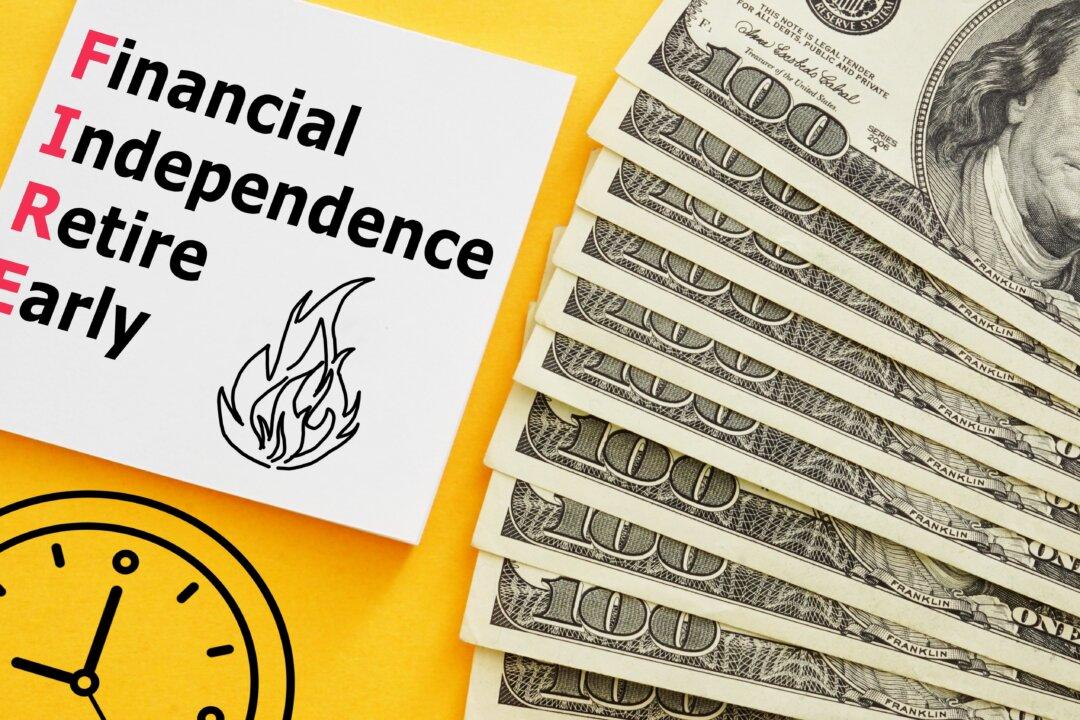As people are increasingly looking to retire early and live off their investments, the Financial Independence, Retire Early (FIRE) movement has gained popularity in recent years. In spite of this, the FIRE method is not for everyone. In fact, there are many reasons why the FIRE movement method doesn’t work.
An Introduction to the Fire Movement
A prior Due article explained that FIRE stands for Financial Independence Retire Early. This concept combines extreme frugality, savings, and investment.“The idea is to achieve financial independence, be free from financial commitments and retire early so you don’t ever have to work again if you don’t want to,” says Elizabeth Buko, (quoted on Stylist) a financial mentor and founder of Wealth from Little. “And anyone can do it, no matter how much money they earn.”






